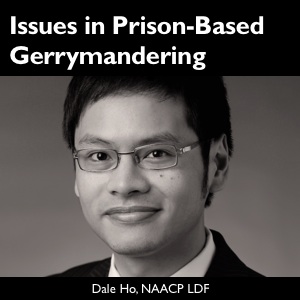Jackson County Wisconsin should debate prison-based gerrymandering
A rural newspaper reports that prison-based gerrymandering is not on the table for discussion. Will the public allow that to stand?
by Peter Wagner, December 22, 2010
Right as I was preparing a letter to every county board supervisor in every county in Wisconsin that contains a large prison, I saw an article from Jackson County Wisconsin that the county was not planning to debate prison-based gerrymandering:
- County board to debate reduction, by Matthew Perenchio, Jackson County Chronicle, December 22, 2010
My hunch is that county officials don’t know that avoiding prison-based gerrymandering is possible, so I fired off this letter to the editor in advance of the individual letters to county supervisors that will be mailed in early January:
Dear Editor,
The Jackson County Board will soon be debating redistricting, including the number and size of the districts. [“County board to debate reduction”, Dec 22] Your story reports that there are no discussions planned about to whether or not to include the prison populations in the districts. This should be debated.
The Census Bureau counts prisoners as residents of Jackson County, but under Wisconsin law, prisoners are not residents of the county. They aren’t allowed to vote, they don’t interact with the surrounding community, and any political needs they have for county government representation are ones that should be served by their home county.
If Jackson County uses the prison population to draw its districts, it will give the people who live near the prison more influence on the County Board than residents in other districts.
To their credit, the County Board decided ten years ago that drawing one district that was 96% prisoners would create a district with only a handful of voters, so they instead drew four districts that were each 24% prisoners. While an improvement, this still unfairly gives every group of 3 people who live near the prison as much influence as 4 residents in other districts.
The solution? Join more than 100 rural counties around the country and remove the prison population prior to redistricting. The county board should debate whether everyone, regardless of whether they live near a prison, deserves the same access to government.
Peter Wagner
Executive Director
Prison Policy Initiative
The writer is the author of Prison-based gerrymandering in Jackson County, Wisconsin and other reports.
 Play (14:47, 7.6MB)
Play (14:47, 7.6MB)


